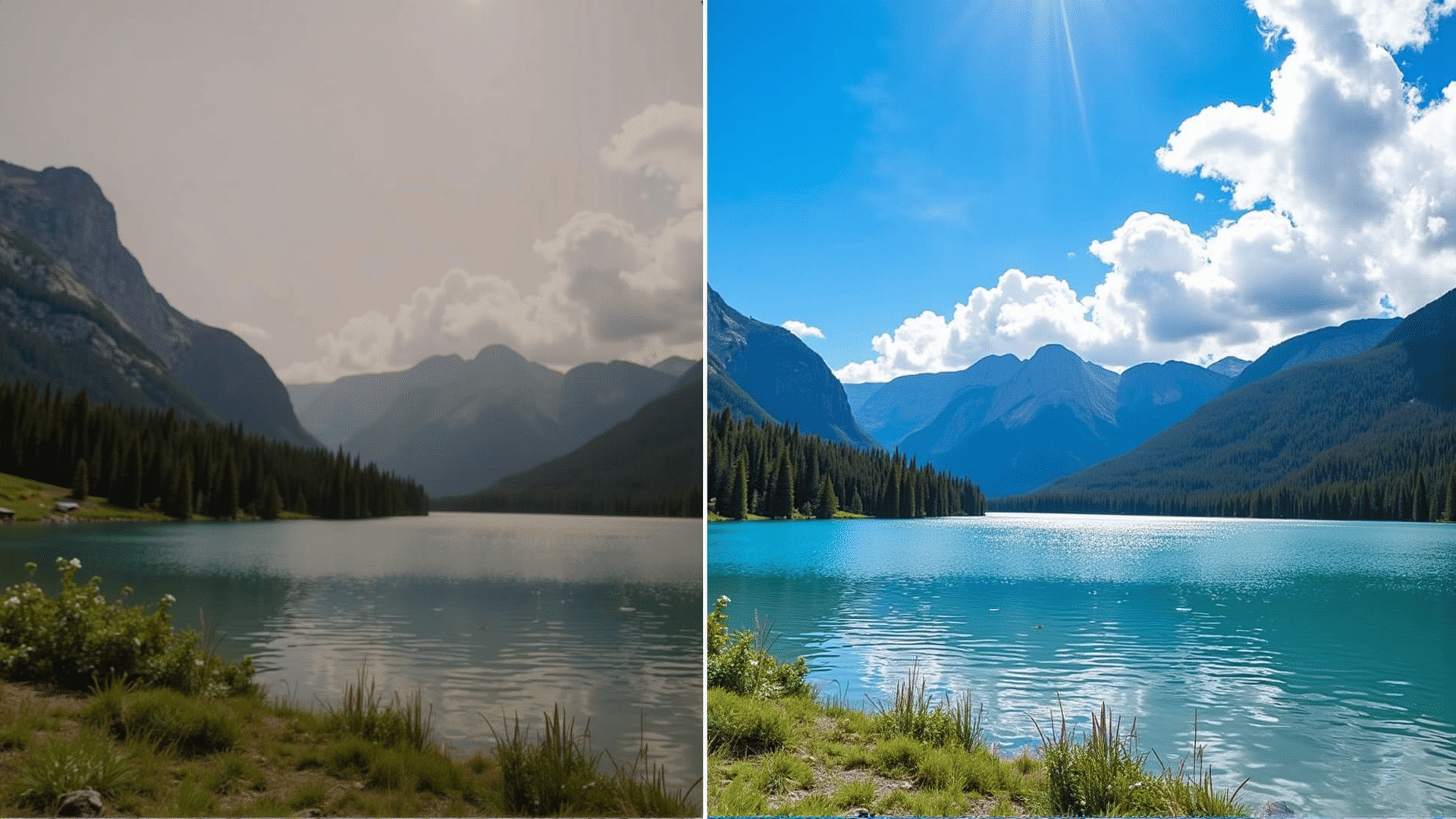Enhancing images through careful refinement can significantly elevate the aesthetic appeal and storytelling power of your visuals. Mastering the art of editing involves more than just applying filters; it requires a deep understanding of various techniques to adjust colors, contrast, and sharpness, among other aspects. Here’s a guide to help you transform your pictures into stunning works of art.
Understanding Color Adjustments
One of the first steps in refining an image is adjusting its colors. This can drastically alter the mood and tone. Familiarize yourself with different tools:
- Saturation and Vibrance: These controls enhance or mute colors. Saturation affects all colors equally, while vibrance adjusts the less saturated tones for a more balanced effect.
- Hue: Altering the hue can shift all colors across the spectrum, allowing you to harmonize or stylize the scene.
- White Balance: Corrects color casts to achieve natural-looking results. Adjust the temperature slider to make your image warmer or cooler as needed.
Modifying Contrast for Depth
Contrast manipulation is essential to emphasize the focal points of your image.
- Highlight and Shadow Adjustments: Subtle tweaking here can add depth. Increasing highlights brightens lighter areas, while shadows deepening can add drama.
- Curves: This tool offers precise control over tonal range. An S-curve can enhance overall contrast, making your image pop.
Enhancing Sharpness for Clarity
To achieve a polished finish, sharpness is crucial.
- Sharpening Tools: Increase clarity by enhancing the edges of objects. Avoid over-sharpening, which can introduce noise.
- Clarity Slider: Offers a mid-tone contrast adjustment, giving your image a crisp look without affecting the entire tonal range.
Additional Techniques
Beyond the basic adjustments, several advanced techniques can further enhance your image.
- Dodging and Burning: Brighten (dodge) or darken (burn) specific areas to guide the viewer's eye and improve dynamic range.
- Noise Reduction: Essential for improving image quality, especially in low-light conditions. Balancing noise reduction with sharpness is key.
- Vignetting: This technique can subtly direct focus toward the center of an image, enhancing the subject.
Practice and Patience
Editing is an art that requires both time and patience. Experiment with different settings across various editing software to determine what best suits your style. Regular practice will help you develop a keen eye for the subtle nuances that make a good image great.
Through mastering these techniques, your images will not only look refined but also convey the desired emotion and impact effectively. Embrace the creative process, and enjoy transforming your photos into visual masterpieces.
